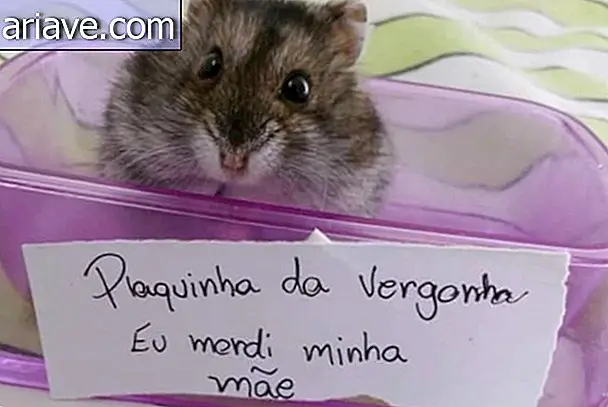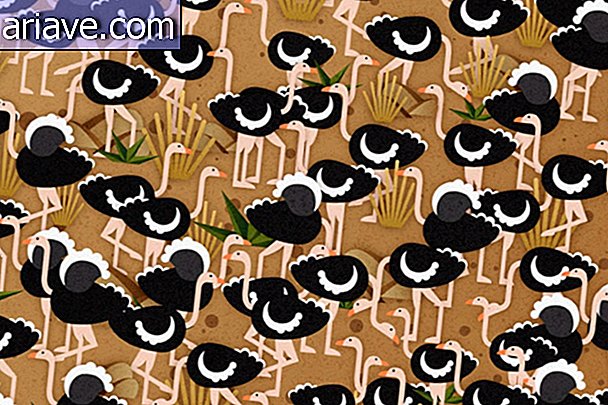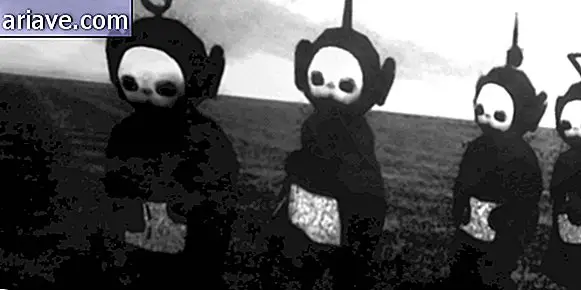What makes a snake eat its own tail?
Animal behavior in nature can be very strange and even cruel in some situations. An example of this is when we come across some internet video of a snake eating its own tail. But what about her to start a self-cannibalism session?
Small brain, very hungry and unlucky
The problem is that these animals have relatively small brains and, by their very characteristics, are more reactive than proactive, so they can confuse tail movement with succulent prey. But this is very rare. We have to remember that they hunt based on heat and, as they are cold-blooded animals, this confusion would hardly occur.

However, this leads us to some possibilities as to what might happen to the snake so that she "dines herself".
One is that to warm up, it needs external sources of heat. But if they get too hot, they can't perspire to cool off and this can cause them to end up disoriented and confused and thus end up attacking their own tail.
Also, remember that snakes have a fast metabolism, which causes a false sense of hunger and a desire to swallow the first thing that lies ahead. This is most noticeable in those bred in captivity: as food is not always available to them, they end up mutilating themselves for food.
Lastly, age, disease, and other factors can affect vision, and here bad luck can come into play when the snake mistook its tail for prey because it does not see well.

When she begins to eat herself, experts and biologists say that lowering the temperature by spraying water and turning off the light bulbs can help reduce stress, especially when bred in captivity, causing her to interrupt "dinner."
In other situations, a veterinarian's intervention may be decisive in saving the animal. But there are also those cases where they stick out the swallowed tail part. However, no matter what the situation, it can be fatal, as the animal's own internal construction developed to trap food.











